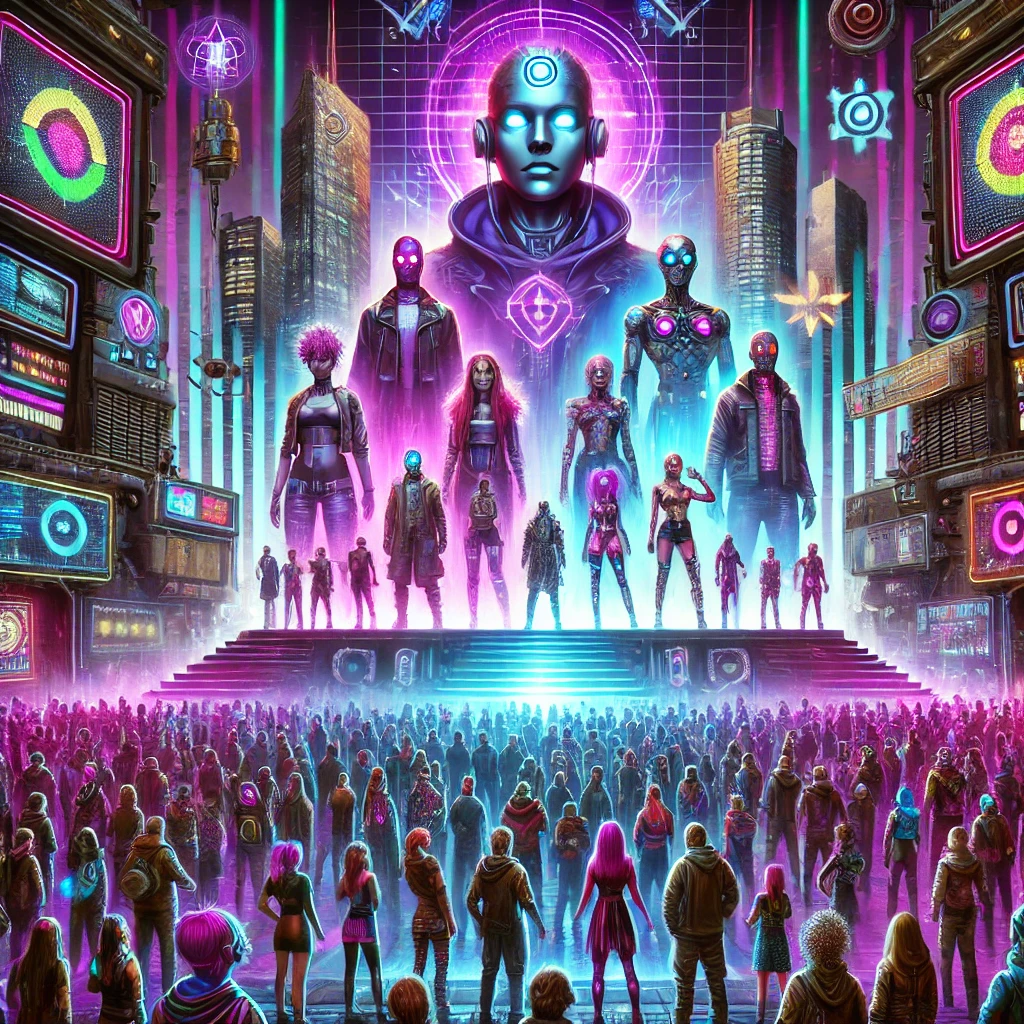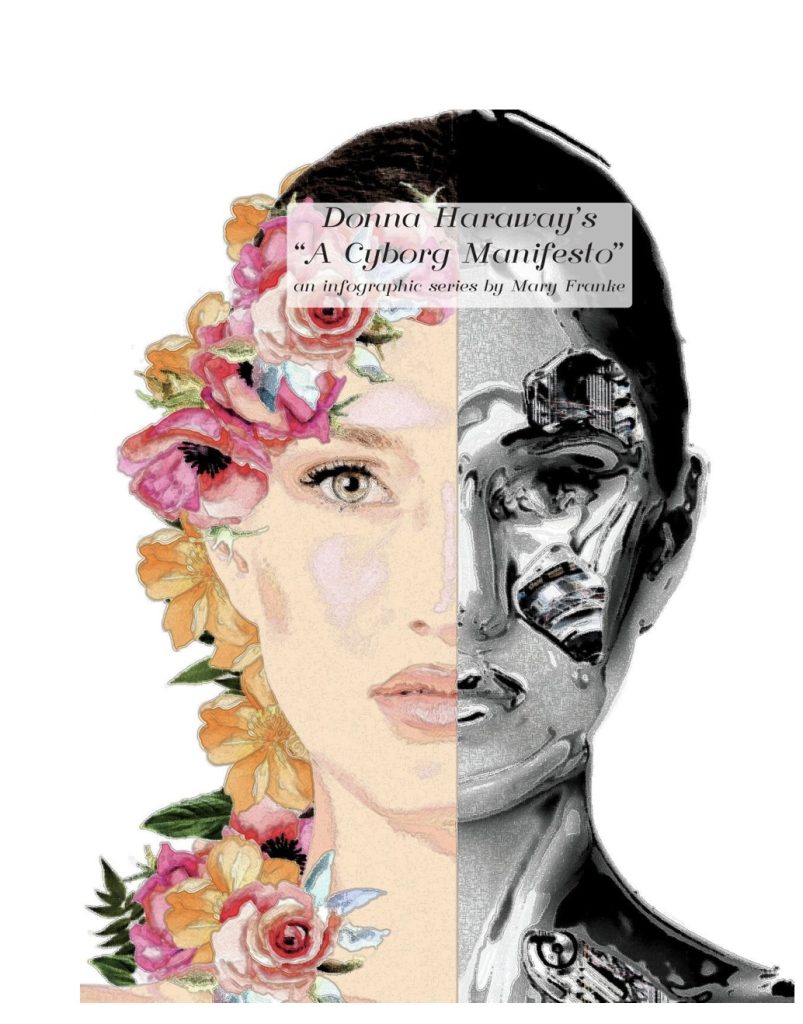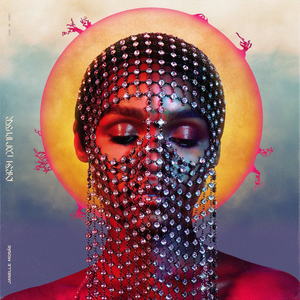Because of this class, I’ve been diving into the futuristic world of human augmentation, where technology collides with biology to reshape what it means to be human. Picture a reality where the lines between flesh and machine blur, and you’re left asking: What makes us… us? Cyberpunk stories paint a captivating yet often unsettling vision of how far we might go to enhance ourselves. This class hasn’t just opened my eyes to the possibilities; it’s also forced me to think about the deeper ethical and cultural questions surrounding this high-tech evolution.
The truth is, human augmentation isn’t just a sci-fi fantasy, it’s unfolding right now. With breakthroughs in biotechnology, artificial intelligence, and nanotech, the future is racing toward us. In my lifetime, I expect to see augmentations that transform physical abilities like superhuman strength or sharper senses and even rewire how we think through memory-enhancing implants or brain-computer interfaces. Tools like CRISPR gene editing and neural prosthetics are already making this a reality. As someone with a science background, I’m both fascinated and cautious. These innovations could unlock extraordinary potential, but they also raise tough questions about access, fairness, and the essence of identity.
What’s especially exciting is the idea that these enhancements could be as personalized as a custom-fit suit. Imagine technology that restores mobility to those with disabilities. Personally, I’m drawn to upgrades that offer practical benefits with minimal disruption, things like boosting memory, enhancing resilience to stress, or integrating wearable tech seamlessly into daily life. These changes feel like they could elevate productivity and well-being without making me feel less “me.”
Still, not every upgrade is tempting. Some augmentations lead into territory I find unsettling like replacing entire body systems or fundamentally altering thought processes. These kinds of extreme changes challenge the core of what makes us human. And what about augmentations purely for unfair advantages? Those could widen the gap between the haves and have-nots, creating a world where inequality is literally wired into our bodies.
At the end of the day, I’m both curious and cautious. The promise of human augmentation is thrilling, but it’s not without its risks. This class has shown me that as we inch closer to this augmented future, we need thoughtful, inclusive conversations to guide us. After all, what we choose to become will shape more than just ourselves; it will define the very fabric of our society.






